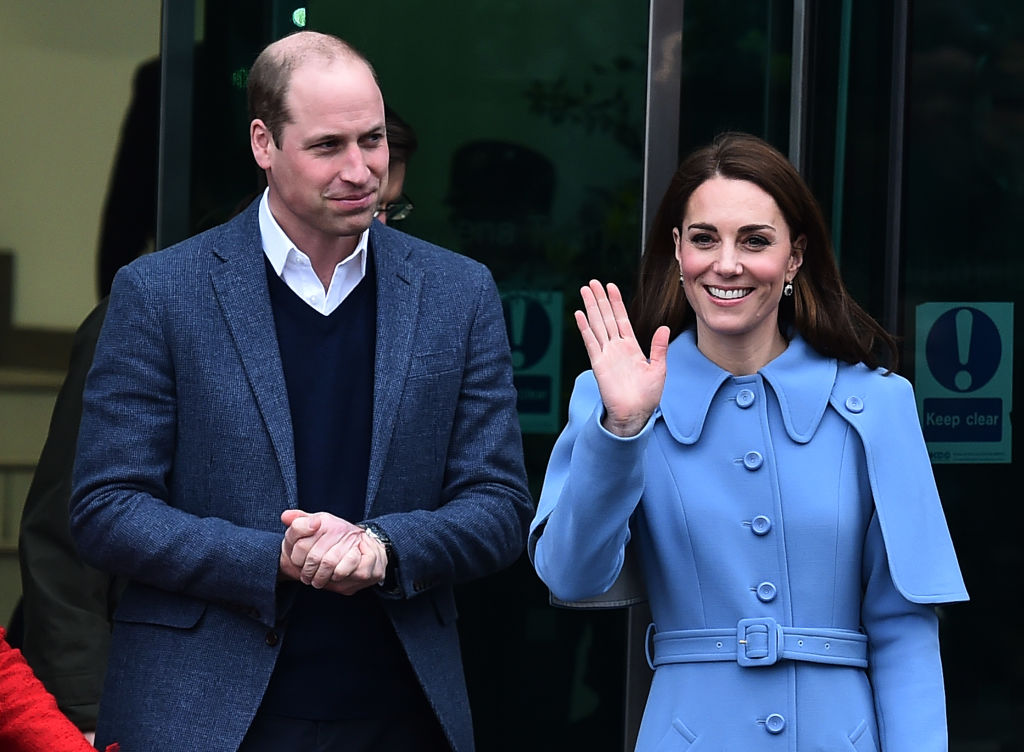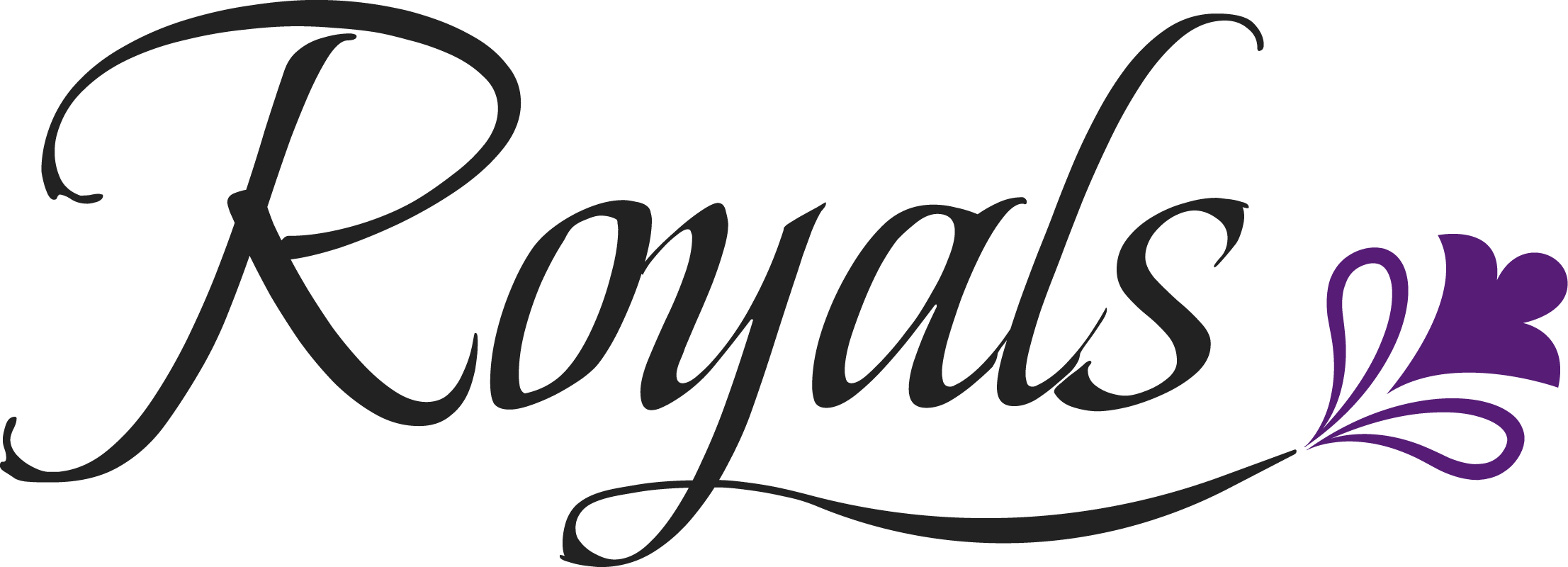Will Kate Middleton Have to Curtsy to Prince William When He Becomes King?
Kate Middleton will sit beside Prince William when he becomes the king of the United Kingdom. But will Kate, Duchess of Cambridge, have to curtsy to William when he is wearing the crown? Here are all of the rules Kate will still have to follow when William is on the throne, including one stipulation about travel.

Kate Middleton and Prince William are front and center during the pandemic
As things currently stand, William is second in the line of succession after his father, Prince Charles. The Prince of Wales has waited longer than anyone to inherit the crown and it could be a long time before William takes his place at the head of the monarchy.
Although Charles is next to the throne, William is quickly becoming the face of the royal family. Amid the coronavirus pandemic, William and Kate have increased their roles and have used social media to benefit the royals like never before.
This includes hosting video calls with various charities and sharing some rare behind-the-scenes photos while they remain at their country estate, Anmer Hall.
In many ways, William and Kate are modernizing the monarchy, though they still have to follow certain royal protocols, especially when in the presence of the ruling monarch.
When William takes the throne, Kate will likely get the title of Queen Consort. This is a similar title to what Prince Philip has as Queen Elizabeth’s Prince Consort but with slightly different powers.
Will the Duchess of Cambridge have to curtsy to Prince William when he takes the throne?
Royal protocols mandate that everyone who meets the British monarch is should bow or curtsy, including members of the royal family. Even Philip, for example, is supposed to bow whenever he greets Her Majesty at public events.
But Kate will not have to follow those rules. According to Express, Kate will not be required to curtsy to William because she will be the Queen Consort when he is ruling. As Queen Consort, Kate will have the same privileges as William.
There is a recent historical example of this. As Queen Consorts, Elizabeth and Mary did not curtsy George VI and George V. Although Philip rarely bows to Queen Elizabeth, he did kneel during her coronation in the 1950s.
That said, Kate will not have the same powers as William, but she will be treated like a sovereign wherever she goes. Her main role as Queen Consort is to support William and represent him during royal engagements.
Kate will also have to follow this rule
Once William is on the throne, a lot will change for Kate and her children. But there is one thing that will remain the same for the Duchess of Cambridge, and it has something to do with travel.
As the King of the United Kingdom, William will no longer have to carry a passport when he travels abroad. The ruling monarch issues passports in the UK, which means William will fulfill that role when he is on the throne.
Kate, however, will still be required to carry a passport, even if she takes on the title of Queen Consort.
Although William can travel freely around the world, he will have to answer a few questions to confirm his identity. These questions are usually very simple and are more for tradition than anything else.
A look at Kate Middleton’s future title
Speaking of Kate’s title once William is on the throne, all signs point towards her becoming Queen Consort, but it isn’t something written in stone. In fact, there are some female spouses of the ruling monarch that are not granted that title.
When Charles is on the throne, for instance, his wife, Camilla Parker Bowles will likely be Princess Consort. Clarence House has confirmed as much regarding Camilla, Duchess of Cornwall’s title, though that has since been removed from their website.
In the event Kate Middleton receives the prestigious title, she will get her own ceremony, though it will not be as grand as William’s coronation. The royals, of course, have not confirmed which title Kate will inherit once William is on the throne, and we will likely learn more once William is first in line.



